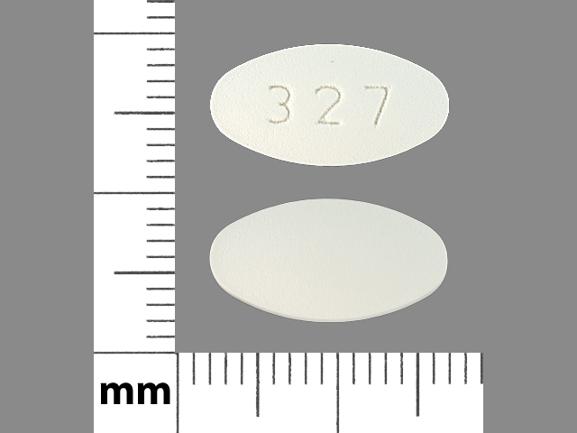Ticlopidine Dosage
Applies to the following strengths: 250 mg
Usual Adult Dose for:
Additional dosage information:
Usual Adult Dose for Cerebral Thrombosis/Embolism
250 mg orally twice a day.
Renal Dose Adjustments
Data not available
Liver Dose Adjustments
Data not available
Precautions
US BOXED WARNINGS:
- NEUTROPENIA/AGRANULOCYTOSIS: Among 2048 stroke patients treated with this drug in clinical trials, there were 50 cases (2.4%) of neutropenia (less than 1200 neutrophils/mm3), and the neutrophil count was below 450/mm3 in 17 of these patients (0.8%).
- THROMBOTIC THROMBOCYTOPENIC PURPURA (TTP): One case of TTP was reported during clinical trials in stroke patients. Based on postmarketing data, US physicians reported about 100 cases between 1992 and 1997. Based on an estimated patient exposure of 2 million to 4 million, and assuming an event reporting rate of 10% (the true rate is not known), the incidence of ticlopidine-associated TTP may be as high as one case in every 2000 to 4000 patients exposed.
- APLASTIC ANEMIA: Aplastic anemia was not seen during clinical trials in stroke patients, but US physicians reported about 50 cases between 1992 and 1998. Based on an estimated patient exposure of 2 million to 4 million, and assuming an event reporting rate of 10% (the true rate is not known), the incidence of ticlopidine-associated aplastic anemia may be as high as one case in every 4000 to 8000 patients exposed.
- MONITORING OF CLINICAL AND HEMATOLOGIC STATUS: Severe hematological adverse reactions may occur within a few days of the start of therapy. The incidence of TTP peaks after about 3 to 4 weeks of therapy and neutropenia peaks at approximately 4 to 6 weeks. The incidence of aplastic anemia peaks after about 4 to 8 weeks of therapy. The incidence of the hematologic adverse reactions declines thereafter. Only a few cases of neutropenia, TTP, or aplastic anemia have arisen after more than 3 months of therapy. Hematological adverse reactions cannot be reliably predicted by any identified demographic or clinical characteristics. During the first 3 months of treatment, patients receiving this drug must, therefore, be hematologically and clinically monitored for evidence of neutropenia or TTP. If any such evidence is seen, this drug should be immediately discontinued.
The dosage of ticlopidine may need to be reduced or discontinued in patients with moderate to severe renal failure if hematologic side effects occur.
Safety and effectiveness have not been established in pediatric patients (less than 18 years of age).
Dialysis
Data not available
Other Comments
Ticlopidine should be taken with food to minimize gastrointestinal side effects.
In patients receiving an intracoronary stent, following successful stent implantation, ticlopidine therapy may be continued for up to 30 days. However, the results of one study (ATLAST trial) suggest that the frequency of stent thrombosis and other adverse ischemic events remains low even when ticlopidine is discontinued after 2 weeks of therapy. However, the results of another prospective observational cohort study indicate that in patients receiving a drug eluding stent, therapy with either ticlopidine or clopidogrel, in addition to aspirin, should be continued for at least 6 months after stent implantation in order to lower the risk of stent thrombosis. However, the benefit of continuing therapy beyond 6 months is equivocal. Aspirin therapy should be maintained indefinitely.
Ticlopidine may cause life-threatening hematological adverse reactions including neutropenia/agranulocytosis and thrombotic thrombocytopenic purpura (TTP).
It has been suggested that patients receiving ticlopidine should be monitored with liver function tests along with complete blood cell counts.
More about ticlopidine
- Check interactions
- Compare alternatives
- Drug images
- Side effects
- During pregnancy
- Drug class: platelet aggregation inhibitors
Patient resources
Other brands
Professional resources
Related treatment guides
See also:
Further information
Always consult your healthcare provider to ensure the information displayed on this page applies to your personal circumstances.


